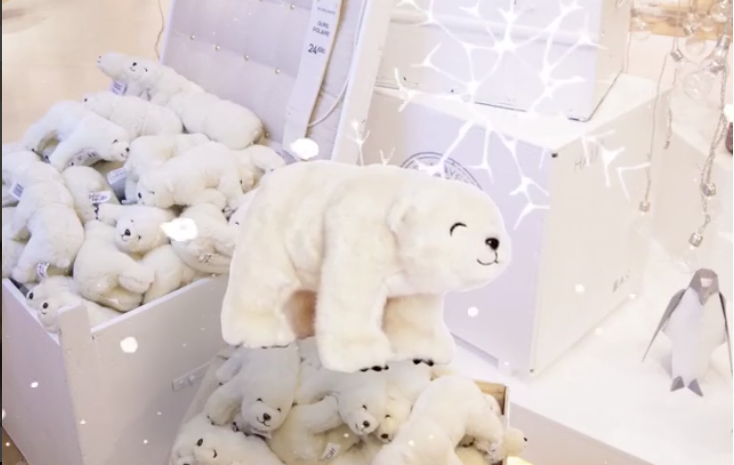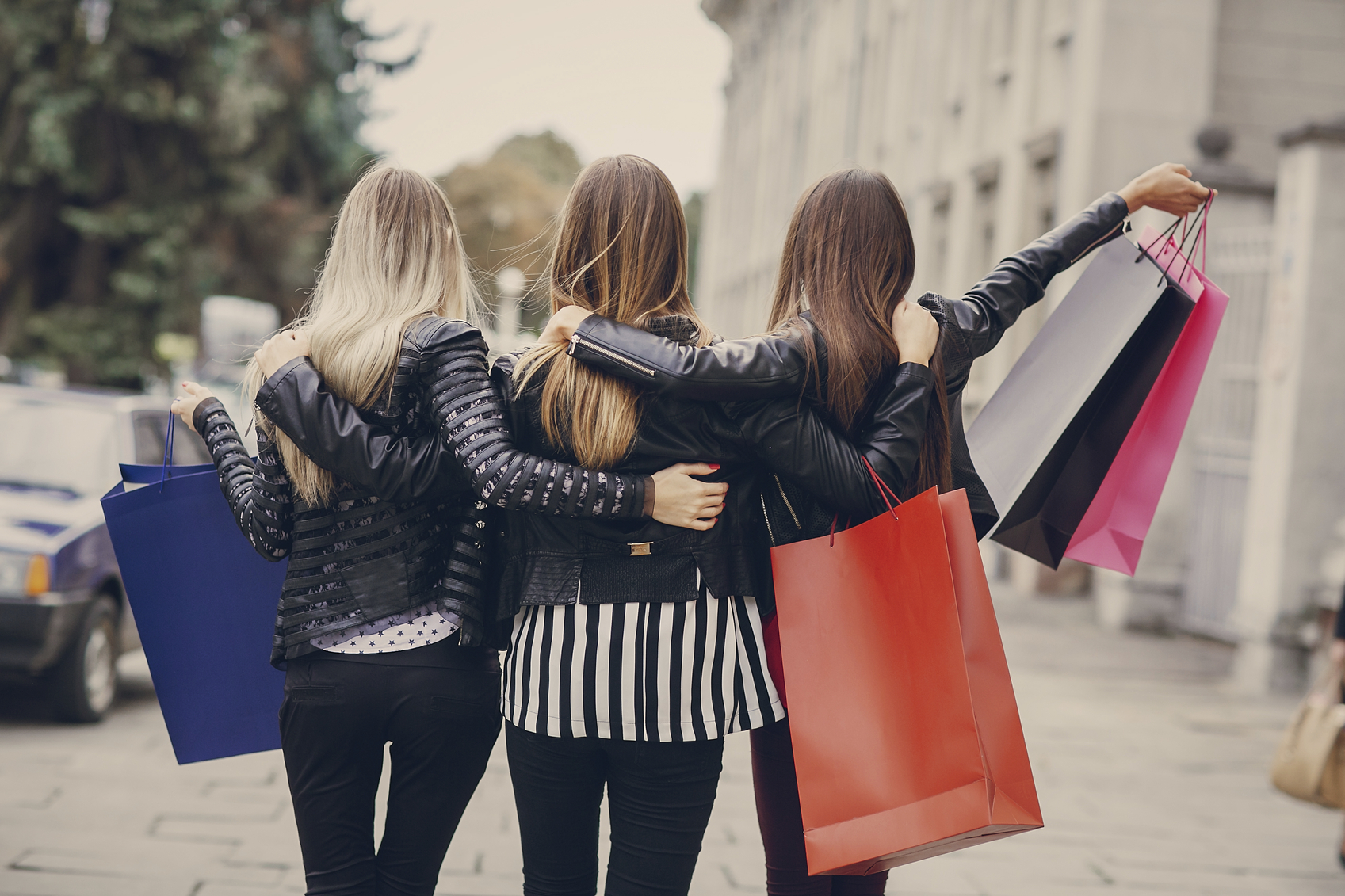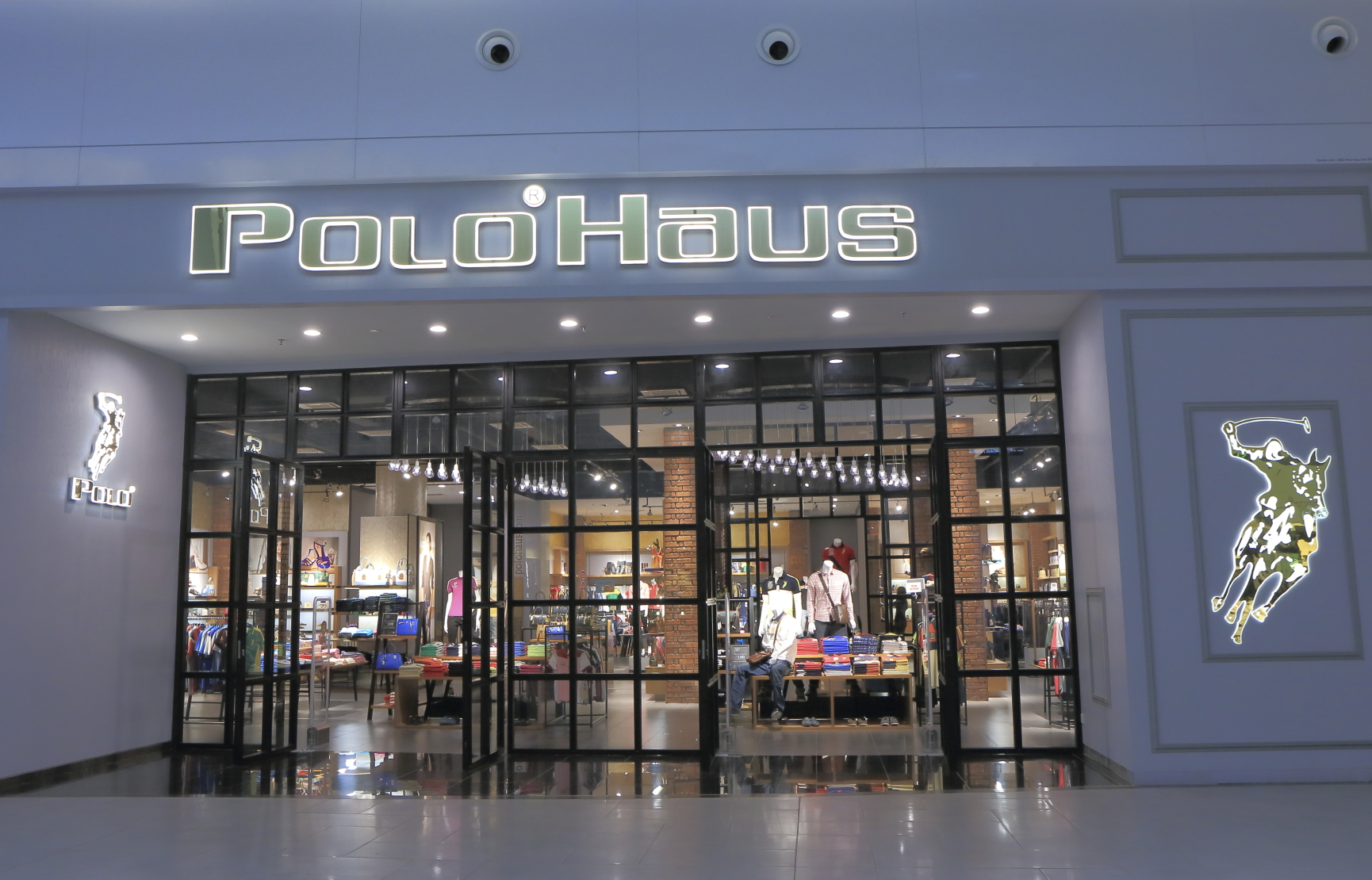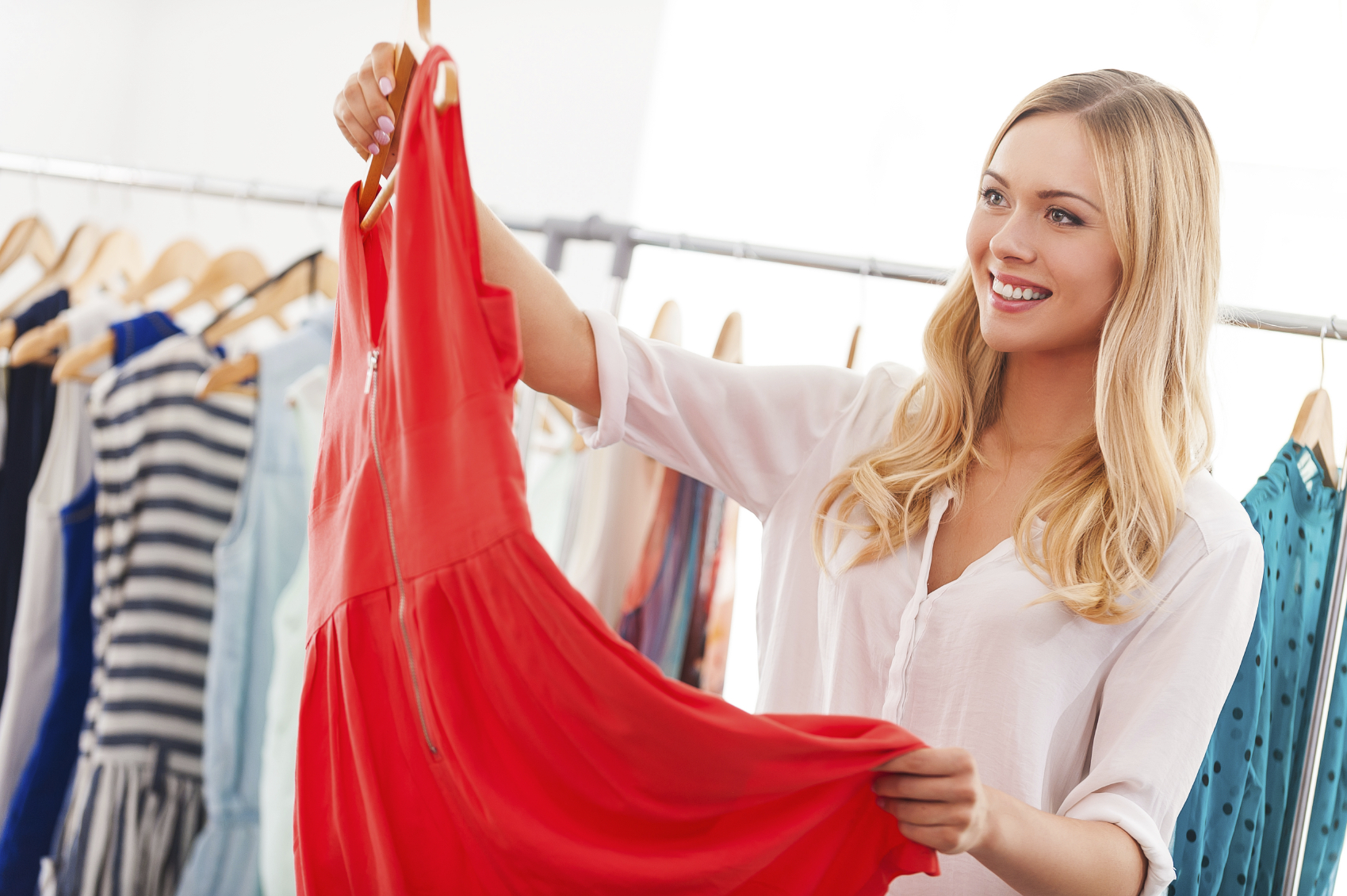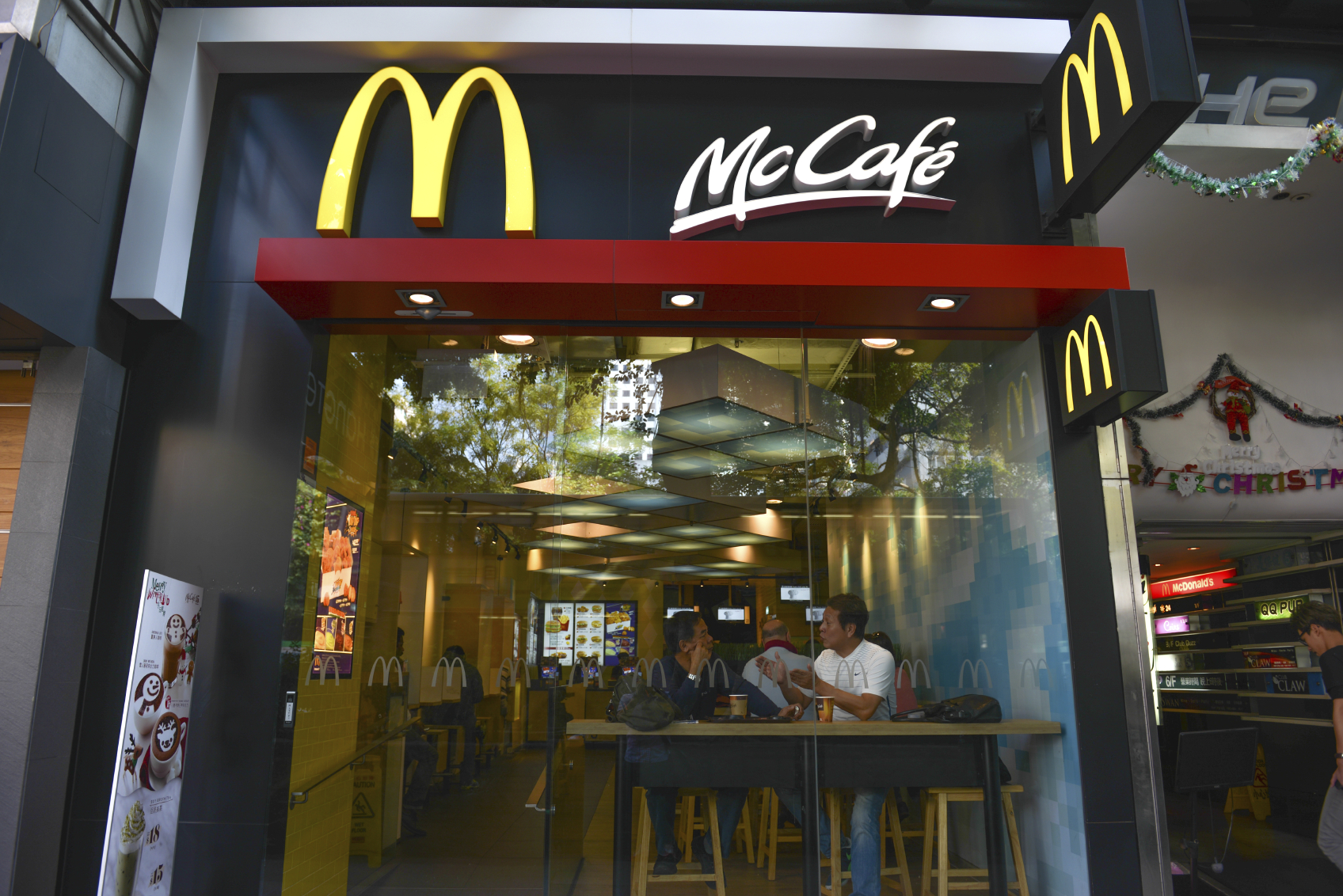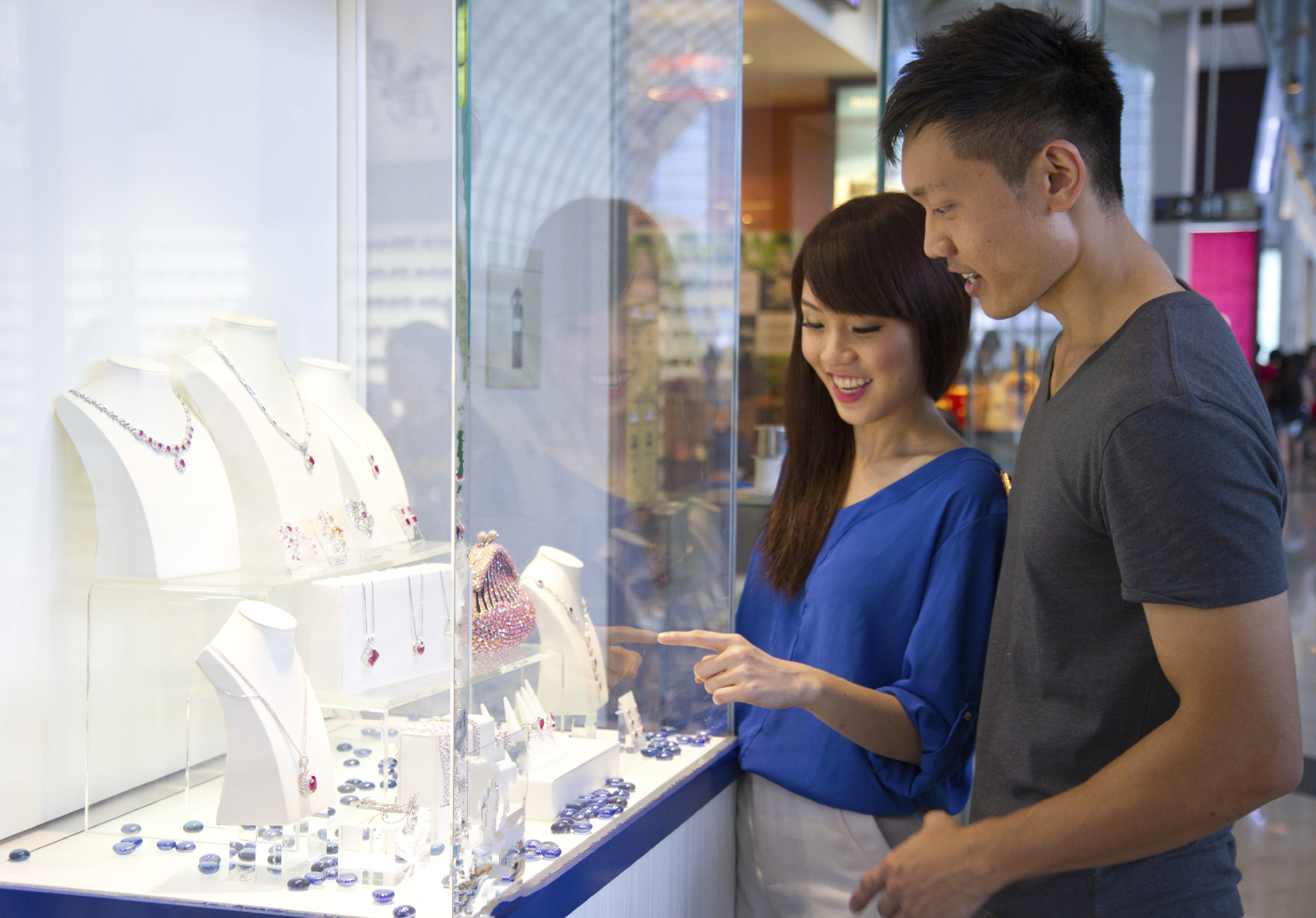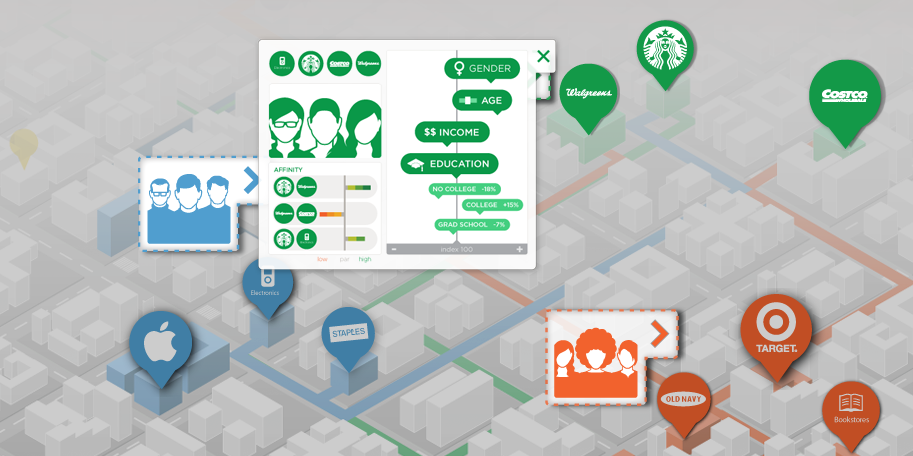What Happened
French department store chain Galeries Lafayette is using mobile-powered augmented reality to engage shoppers with a unique in-store experience. Working with startup Sky Boy, the retailer has launched an AR experience that turns its Paris flagship store into a winter wonderland. Shoppers can follow the story of a family of polar bears leaving home for Paris due to climate change by downloading a free mobile app or with tablets provided by Galeries Lafayette when they are at specific spots on the store’s second floor.
Sticking to the campaign’s arctic theme, Galeries Lafayette will be offering a number of handbags in ivory or pastel hues from brands such as Dior, Gucci, and Chloé as part of its holiday shopping guide.
What Brands Should Do
This holiday campaign serves as a cool example of how retailers can leverage emerging technologies to engage with shoppers with a good story. With more and more consumers choosing the convenience of online shopping over physical retail, brick-and-mortar retailers need to shape up and embrace digital technologies to attract customers to visit the stores.
The Lab has extensive experience working with retail, beauty, and CPG clients to create and implement digitally-enhanced experiences for their stores. Our recent work with NYX Cosmetics incorporated the brand’s social assets into its in-store experience and offered an innovative take on sampling with a digital beauty bar. Please contact our Client Services Director Samantha Holland ([email protected]) if you’d like to learn more about how to develop a mobile-driven retail strategy that bridges the gap between physical and digital shopping experience.
Source: Luxury Daily
Lead image courtesy of Galeries Lafayette‘s Instagram
